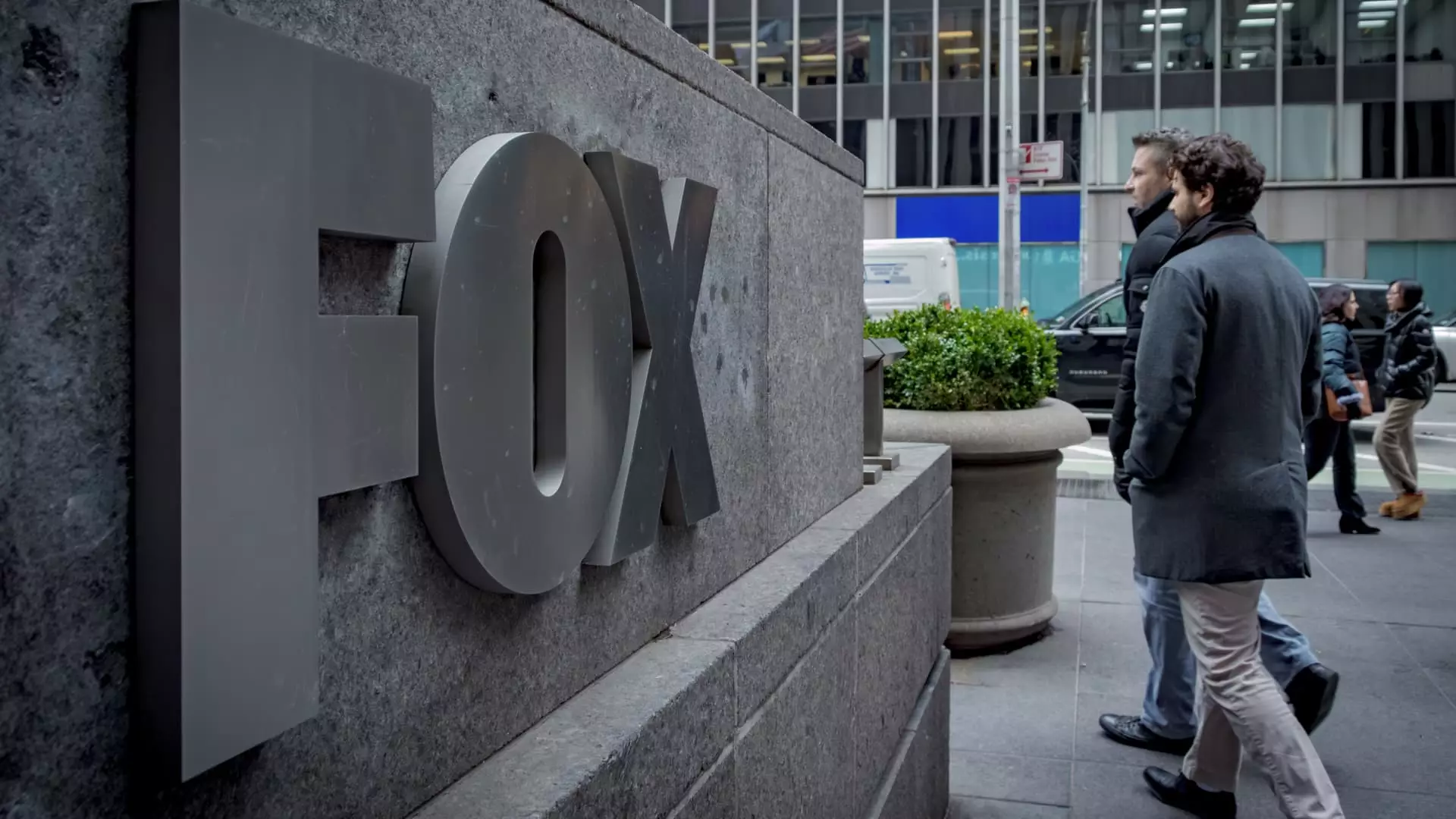Fox Corporation’s announcement of Fox One, its new direct-to-consumer streaming service, reveals a cautious approach that risks ceding ground in an increasingly competitive digital landscape. Launching just before the NFL season, the service’s modest scope and lack of original or exclusive content suggest a strategic hesitation rather than a bold leap forward. While the company claims that the service is “focused” and designed to complement its existing offerings, this measured stance may inadvertently reinforce its vulnerabilities. In a market where consumers crave innovative, must-have content, Fox One’s modest ambitions—mainly repackaging their existing programming—are likely insufficient to capture the attention and loyalty of the modern viewer.
Rather than embracing the bold, disruptive tactics seen from competitors like Disney or Amazon, Fox seems content with a “wait-and-see” approach. This hesitancy fails to recognize that streaming is about creating an ecosystem of exclusive content that generates buzz and subscriber loyalty. A service that simply consolidates existing linear programming, without offering unique value, is unlikely to thrive in the long run. Instead, Fox risks becoming another secondary player, peripheral to the major streaming giants, with a product that fails to excite or engage the digital consumer.
Missed Opportunities and Strategic Shortfalls
One of the most glaring issues facing Fox One is its lack of original or exclusive content. Unlike platforms such as ESPN+, Netflix, or Amazon Prime Video, which invest heavily in original programming to draw subscribers, Fox’s offering consists primarily of existing sports rights and news programming. While sports remain a cornerstone of live streaming—particularly with NFL and MLB games—simply guaranteeing access to these events is no longer enough to keep subscribers engaged or justify subscription fees.
Furthermore, Fox’s decision to price the service at $19.99 per month without including exclusive content is concerning. This price point seems misaligned with the value proposition Fox is offering, especially when competitors like Disney are charging up to $29.99 for ESPN+ and other premium streaming services. Spending more on marketing and technology to support a platform that merely rebroadcasts existing content appears to be a cautious, cost-cutting maneuver rather than a visionary investment. It reveals a deliberate avoidance of risking too much on a platform that might not generate substantial subscriber growth or retention.
Another strategic shortfall is Fox’s handling of bundling. The company mentions the intention to bundle Fox One with other services but remains cautious about doing so, fearing that it might jeopardize the broader pay TV ecosystem. This cautiousness—possibly driven by fears of cannibalizing their existing cable revenues—may be misguided. Consumers increasingly favor all-in-one bundles or seamlessly integrated streaming packages. Instead of leveraging bundling as a growth lever, Fox’s approach risks leaving its service isolated and less appealing compared to comprehensive packages from larger competitors.
A Narrow Focus on News and Sports — A Limiting Framework
The core of Fox’s content strategy—that is, an emphasis on news and sports—may have shielded it from some of the cord-cutting trends that devastated other media companies. However, this narrow focus becomes a double-edged sword in a streaming era that prizes versatility and entertainment diversity. News and sports are vital, but they alone cannot sustain a service aiming for broad uptake in an era where consumers demand compelling original content, engaging narratives, and user-centric experiences.
By not investing in original programming or exclusive partnerships, Fox is relegating itself to the role of a passive content aggregator rather than an innovative content creator. This positions Fox One as a secondary option—good for die-hard sports fans and news junkies but unlikely to appeal to broader audiences. The company’s strategy seems rooted in preserving existing assets rather than reinventing its approach to digital consumption, which is a critical miscalculation given how rapidly the streaming landscape is evolving.
Fox’s cautious rollout of Fox One highlights a fundamental misunderstanding of the streaming marketplace. Instead of seizing the moment with a compelling, differentiated platform, the company is retreating to a safe, incremental strategy rooted in repurposing existing content. This approach undervalues consumer expectations for innovation and exclusivity, thereby risking obsolescence in a hyper-competitive environment. In an industry where agility, originality, and bold investment determine winners, Fox’s hesitance risks relegating it to the sidelines—an observer rather than a leader in the digital revolution. If Fox truly wants to stay relevant, it must abandon timid tactics and embrace aggressive innovation, or face the harsh reality of being overshadowed by more daring competitors.


Leave a Reply